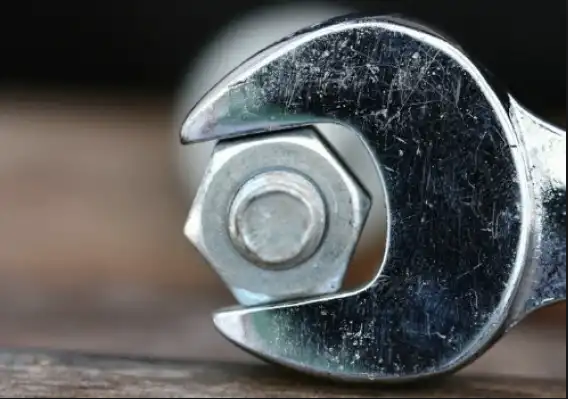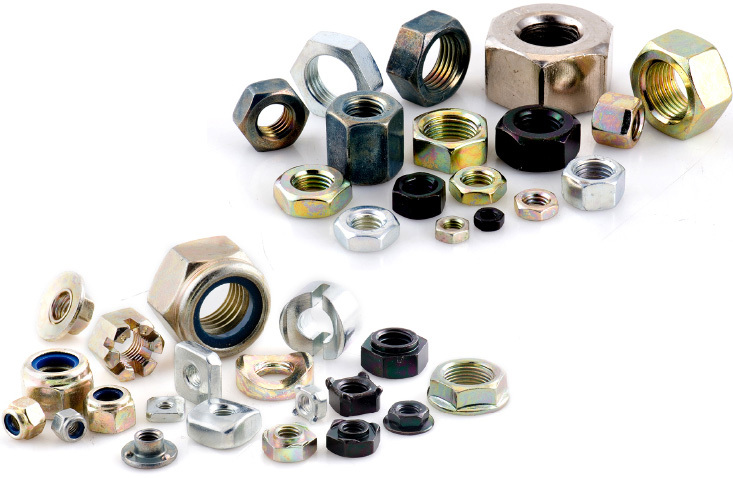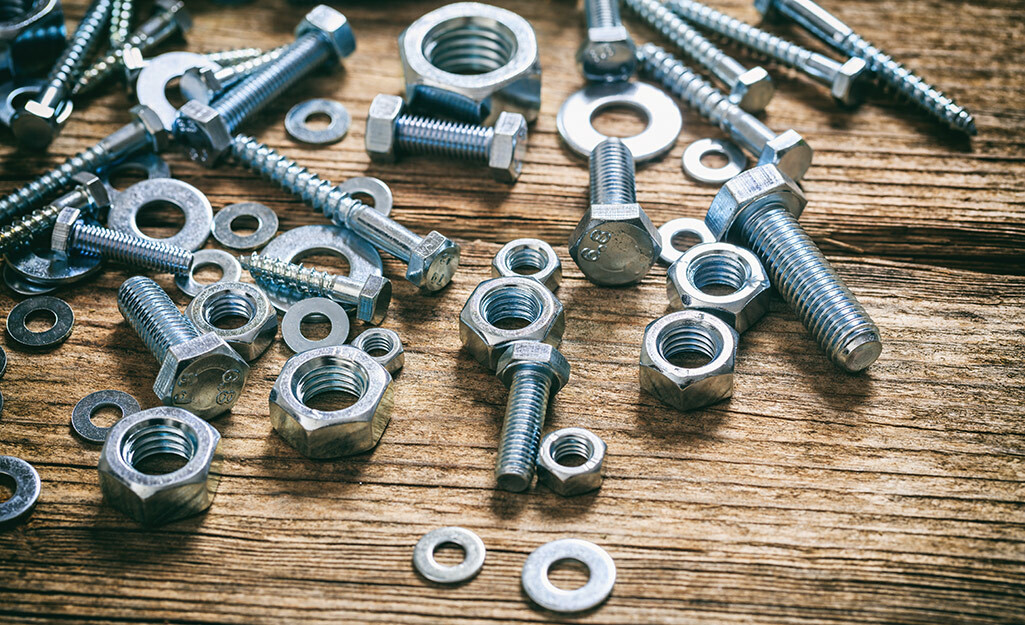A nut is a fastener that contains a threaded hole for connecting to a screw, bolt, or stud. The nut can be of different shapes, as well as strength classes. In addition, fasteners are used in a wide variety of industries.
The content of the article
- Description
- Application area
Description
As a rule, the nut is in the form of a hexagon. This is due to the convenience of working with a wrench. Nevertheless, there are fasteners of other forms: a square, a circle with a notch, with special projections for fingers (also called "lambs").

@ panacheind.com
Nuts can be made from different types of steel. So, it can be:
- Unalloyed - a mixture of almost one iron.
- Alloyed - when, in addition to ordinary impurities, it contains elements that are specially introduced in certain quantities to ensure the required physical or mechanical properties.
Additionally, they are divided according to the strength class:
- 4; 5; 6; 8; 9; 10; 12 - for fasteners with a normal height equal to or more than 0.8d;
- 04; 05 - for products with a nominal height of 0.5d to 0.8d.
Varieties:
- Hexagonal - one of the most common and demanded fasteners. It has the shape of a hexagon (as the name implies) with six outer edges and a thread on the inside. You can use this nut in almost any area.
- With a flange - a kind of hybrid of a hex nut and washer. It is used where it is important to reduce the pressure on the surface to be fixed.
- Round with a slot at the end - has a kind of recess in the head for transmitting torque from the tool.
- Slotted or castellated - it looks like a standard hexagon, but there are several grooves along the edges of one of the end sides. Their number should always be even, and the depth itself is never great. The product looks very much like a crown - hence the name. Usually, a special tool is used to use it - a cotter pin.
- Cap - with a blind hole. It can be high and low (sometimes called "deaf").
- Lamb - tightening is done manually, using two wings (less often - flanges), symmetrically located around the perimeter. Used for temporary installation, removable elements.
- Square - used when you need to create a very strong mount. As the name implies, it has the shape of a square.
- Eye nut - equipped with a special ring for gripping various parts during transportation.
- Self-Locking Locknut - The second nut that is tightened behind the main nut to prevent self-loosening. Has beveled edges, serrated flange or special nylon liners.
- Connector for studs - used when connecting studs, screws, bolts, pins. It can be used as transition elements between parts of various thicknesses.

@ superscrews.com
This is not a complete list of nut varieties that can be used in different fields. This type of fastener is also furniture, secret, body, vandal-proof, welded, but these are rather narrow-profile products than those that are often used in everyday life.
Application area

@ homedepot.com
The nut can be used in a wide variety of industries, from the construction of a child's car to construction of large structures of complex architecture, as well as in mechanical engineering, when creating instruments, in aviation industry.
Conventional nuts are used to assemble various machines and mechanisms, in connections with light loads, they can be found in almost any device.
Subscribe to our Social Networks